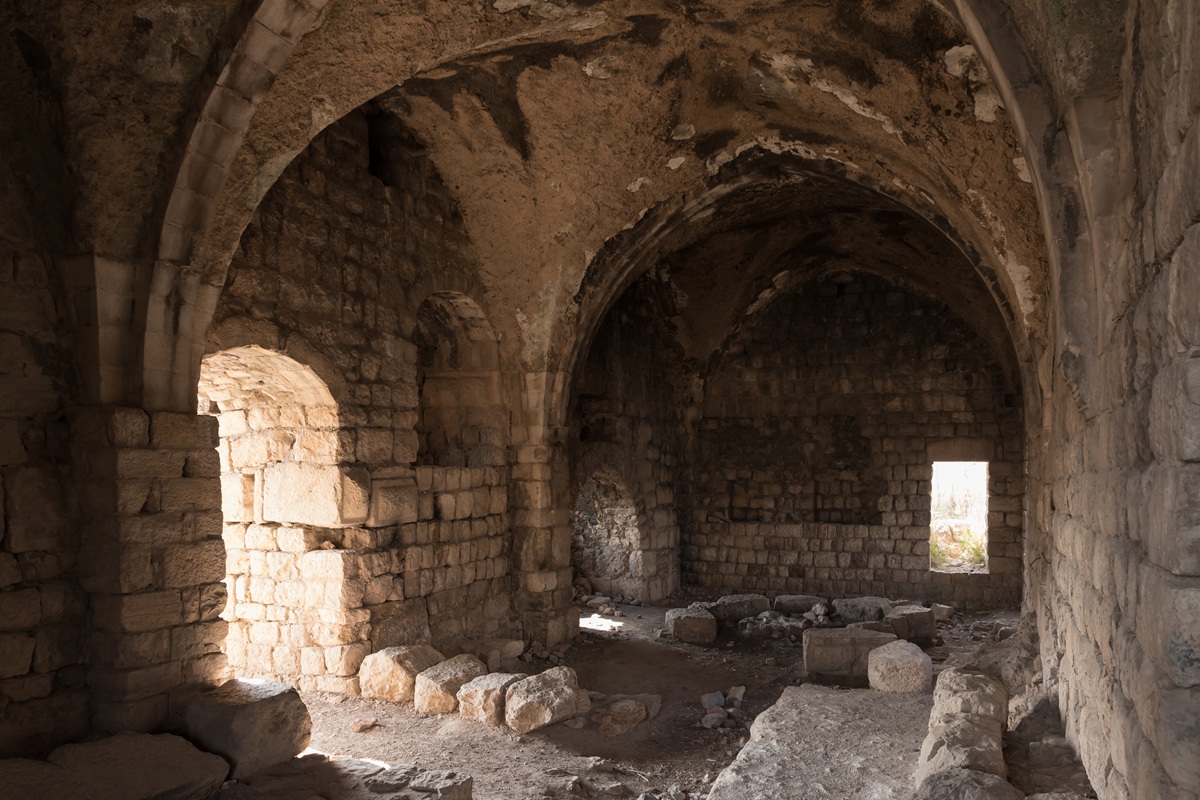Recently, excavations near Zile Castle, located in Tokat Province, Turkey, in the heart of Anatolia, have uncovered a stunning mosaic believed to date back to Roman times. This remarkable find highlights the artistic achievements of the Roman era and reaffirms Zile’s significance as an important center of antiquity. Here’s a closer look.
Zile at The Heart of History
The historical importance of Zile is strengthened by its connection to the Battle of Zela, which took place in 47 BC, where Julius Caesar famously declared “Veni, vidi, vici” following his victory over Pharnaces II of Pontus. This pivotal moment not only solidified Roman power in the region but also established Zile as a key player in history.
Moreover, the Tokat region, where Zile is located, sits in the historical heart of Anatolia. Under the Roman Empire, it held considerable strategic importance. Its geographical location made it an essential link in the vital trade routes connecting the east and west of the empire. This connectivity facilitated economic growth and cultural exchanges, also paving the way for significant Roman colonies and infrastructure to emerge in the area.
Greco-Roman Mosaic Uncovered in Illegal Dig Near Zile Castle pic.twitter.com/friuFN0nfB
— Greek City Times (@greekcitytimes) May 16, 2025
A Cultural Richness
The excavations conducted at the ancient theater of Zile Castle have unearthed historical elements dating back to the Hittite period when the settlement was known as Anziliya. As the Roman Empire expanded, Zile, then referred to as Zela, emerged as a crucial commercial and military center, showcasing grand architecture and substantial cultural exchanges.
As reported by Murat Tekin, the head of the excavations at the ancient theater, and a lecturer in the history department at Gaziosmanpaşa University in Tokat, the mosaic was discovered about 200 meters from the theater excavation site. “This discovery illustrates the cultural wealth of Zile, an important center since antiquity.”
While a detailed analysis of the mosaic is still required, initial observations suggest it dates back to the Roman period. The inscription “tyrphe” found on it symbolizes comfort and luxury. Furthermore, the presence of such a sophisticated piece indicates a patron of significant means with pronounced aesthetic preferences. The mosaic’s proximity to the ancient theater suggests it may have been located in an affluent residential area or a public space meant to impress.
A Tourist Attraction
The head of the excavations further noted, “The discovery of the mosaic could significantly boost tourism in Zile. If we intensify our excavations in the area where the mosaic was found, it will enhance not only our understanding of the past but also attract visitors eager to explore Zile’s rich heritage. The city already hosts various historical structures, including the ancient theater, the castle, and rock-cut tombs.”
Currently, the mosaic is still undergoing analysis. We hope that further discoveries will be made to better understand the lives of those who once inhabited this rich ancient city.
Additionally, archaeologists have uncovered a mysterious chamber located beneath Halytch Castle.
I’m a disabled, xennial Christ-follower, slightly off kilter (but aren’t all “ar-teeests”?).
Hope you enjoy my rantings, don’t take my sarcasm too seriously and know that comments are welcome. 🙂


Leave a Reply